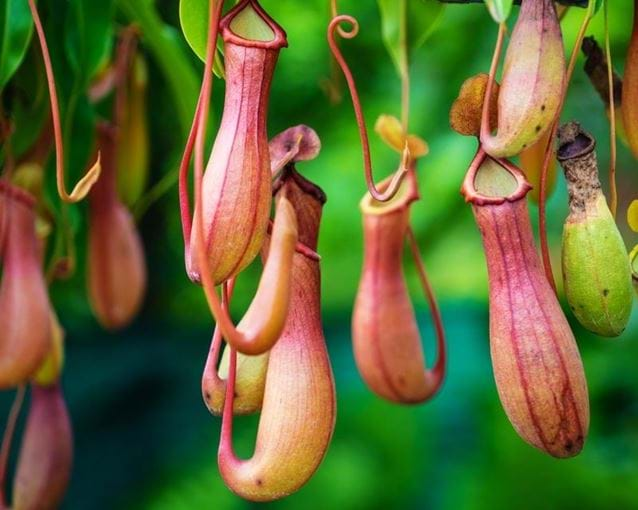pitcher plant care australia
Use our water calculator to personalize watering recommendations to your environment or download Greg for more advanced recommendations for all of your plants. For care Guide to Houseplants recommends that you provide this plant with humid air and moist nutrient-deficient soil.

How To Care For Pitcher Plants Greener House
Australian Pitcher Plant needs 08 cups of water every 7 days when it doesnt get direct sunlight and is potted in a 50 pot.

. Often a damaged plant will regrow from the roots which also form plants as the original plant ages. Loves it humid and warm definitely above 10C at night. The ideal temperature in winter is between 5 - 15 Celsius 41 - 59 F.
Pitcher plants thrive in full sun to light shade. Nepenthes Pitcher Plant 1 Care Guide. Lowlanders prefer a steady humidity level.
Give this species filtered sun. The monkey cup plant is found is tropical areas such as Borneo Sumatra and Malaysia. In summer the plant can be stood in a saucer filled with water but in winter the soil has to be kept moist.
Keep moist dont let them dry out. Once a year a mature plant might need a pick-me-up feed with diluted orchid feed. Feeding the hanging pitcher plant.
This is a sun-loving plant and it just cant get enough of it. Mist the plant few times a week to increase humidity levels slightly. These species are usually easier to grow and thrive between 75-90 F.
Water until liquid flows through the drainage hole at the bottom of the pot and discard any water that has accumulated in the saucer. Root shoots will cause plant clumps that appear like mounds of hungry traps. Provide a humidity level of 60 or higher.
If the pitcher plant is in a. The carnivorous plant is known as a monkey cup because monkeys have been seen drinking water from them in rainforests as monkey cup vines produce a leaf called a pitcher which according to Hungry Plants can sometimes be big enough to hold. Keep humidity elevated for a week or two after repotting.
Do not let it freeze or get exposed to very hot sunny conditions. The light should be on for 14 hours during spring and summer and 12 hours during fall and winter. You dont need to feed these carnivorous plants they get their food from.
They will not tolerate deep shade for very long. Water 08 cups every. Highland species like Nepenthes Villosa require cooler nights around 55-60 F whereas Lowland species require warmer temperatures reaching up to 95 F.
They are truly wonderful. Water when the top 25 of the soil is dry do not allow the soil to dry out completely. The sun pitcher plant heliamphora SPP tries to imitate a vase and it does this so very well.
Here are eight crucial care instructions for caring for a new hanging pitcher from taking the plant home to when the hanging pitcher plant is mature. The water level in the tray can be deep enough to immerse half of the pot. They will tolerate lower humidity levels but it can cause them to stop making pitchers.
The best temperature for pitcher plants that are grown inside is between 60 and 70 F. The pitchers of your plant need to maintain water at all times. During the growing season April to October your Pitcher Plant must get full sun or at the bare minimum very bright light for the pitchers to form and properly developSouth facing windows with full exposure would be this plants first and prime choice.
It is a curious pitcher plant of compact growth with bristly colorful traps that are seemingly yawning for a bite to eat. Caring for pitcher plants is minimal. Indoor plants should be fertilized at the start of the growing season with a good orchid food and every month until fall.
Obtaining the hanging pitcher plant Choosing a location for the plant. For pitcher plants you can keep a good amount of water in the tray. During late winter 2 root cuttings can be taken for propagation purposes.
The can be grown as an indoor plant if kept on a bright windowsill. In winter move your plant to a cool spot with the maximum temperature of 68 degrees. If there is no sunlight and generally in winter use plant growing light or fluorescent bulbs to provide light.
Keep the plant away from heating devices. The soil needs to be quite wet during the summer growing season. The plants grow naturally only in a narrow coastal strip in extreme southwestern Australia.
Keeping the habitat warm and humid. For other carnivorous plants the water level in the tray should be low so that it does not cover more than half-an-inch of the pot. These individuals are identified for their pitchers which is technically the.
Indoor Pitcher Plants usually prefer warm temperatures between 65 and 80 F. Tropical pitcher plants are also called Monkey Cups because monkeys drink water from them not true. In such cases refill only when the water dries up.
Drosera adelae is a cool tropical thriving at temperatures between 50-80FOptimum temperatures are from 55-65F. They are found in a variety of environments naturally existing in only a few places geographically Madagascar Australia and Southeast Asia. In general they like humidity levels of 60 or more.
Even incandescent grow-lights are inappropriate for carnivorous plants. Australian Pitcher Plants Cephalotus follicularis The Australian Pitcher Plant Cephalotus is one of the most desired carnivorous plants in cultivation. Caring for pitcher plants Watering pitcher plants.
Water from above and ensure there is good drainage. 10 - 20cm H. They produce too much heat and the wrong type of light spectrum.
The Australian pitcher plant enjoys an airy sandy soil mix for its branching woody rhizome. The Nepenthes Pitcher plant or Monkey Cups is a part of the family Nepenthaceae or Old World Pitcher plants. Keep the light source approximately 8 inches above the plant.
Care of Pitcher Plants. You just have to take a gander to see what we mean. They will not thrive if grown in a tray of standing water as is the practice for other carnivorous plants.
This keeps the crown of the plant a little dryer which helps prevent crown rot a primary killer of Cephalotus and helps slow down algae and carpet moss growth. With a little skill they can be grown into large cascading mounds of pitchers. Pitcher Plant Care Guide Light.
Avoid using incandescent bulbs. We also recommend covering the surface of the soil with a layer of silica sand ¼ to ½ an inch. Mist them regularly to keep them happy water often but dont let them get soggy.
What Temperature Works Best for Nepenthes Plants. Cephalotus follicularis likes a humid environment. Australian Pitcher Plants Cephalotus The Australian pitcher plant or Cephalotus is a rare and delightful carnivore with fat toothy pitchers that flush deep red in bright light.
Countries with Tropical Pitcher Plants include Indonesia Philippines Sumatra New Caledonia China Borneo and Australia. Nepenthes come from tropical climates so humidity is essential for them. Nepenthes grow in different places of the world with the main regions being Southeastern Asia.
Take care when the plant is at rest in the winter period that it is placed in a cool but light spot.

Sarracenia Minor Hooded Pitcher Plant
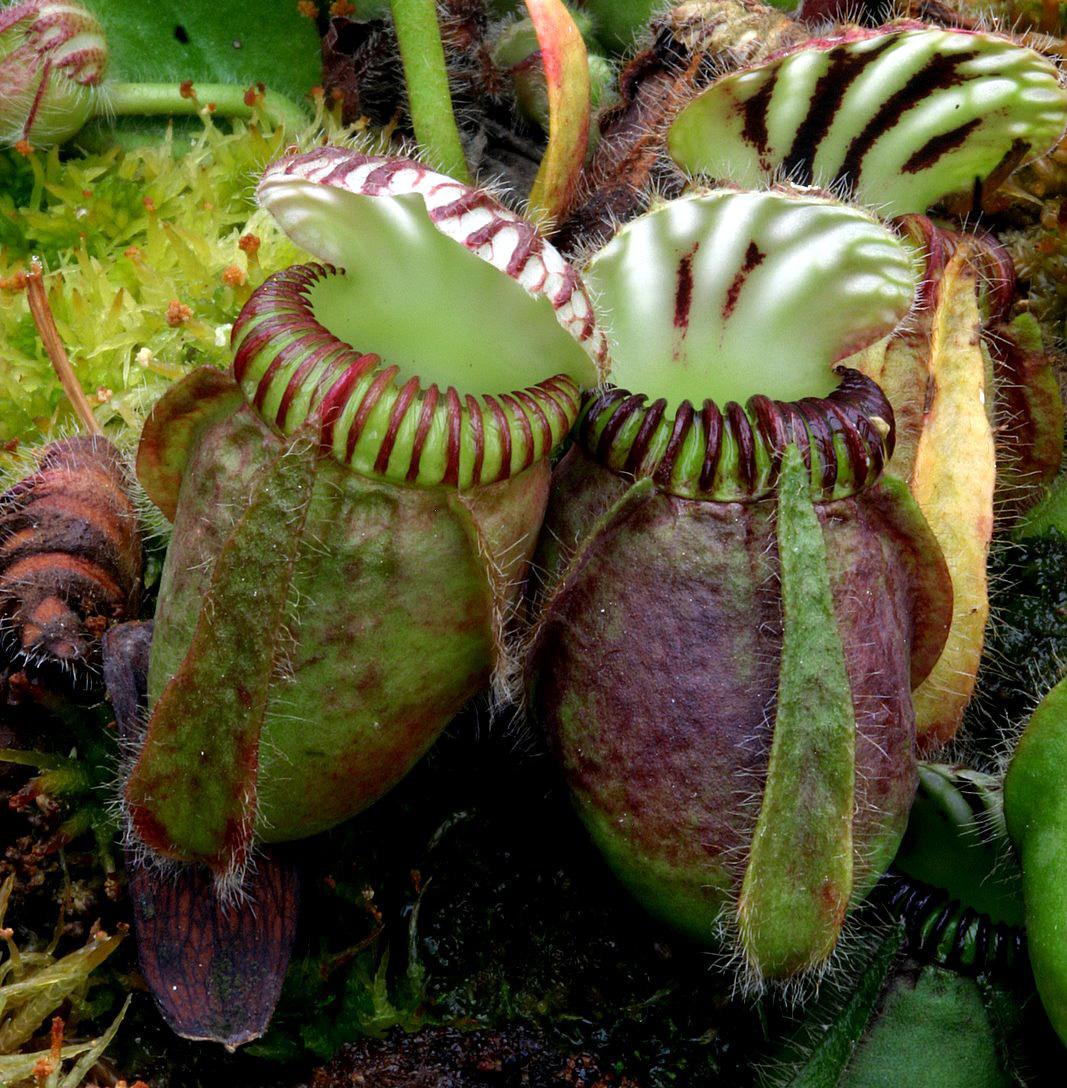
Cephalotus Follicularis Flytrapcare Com
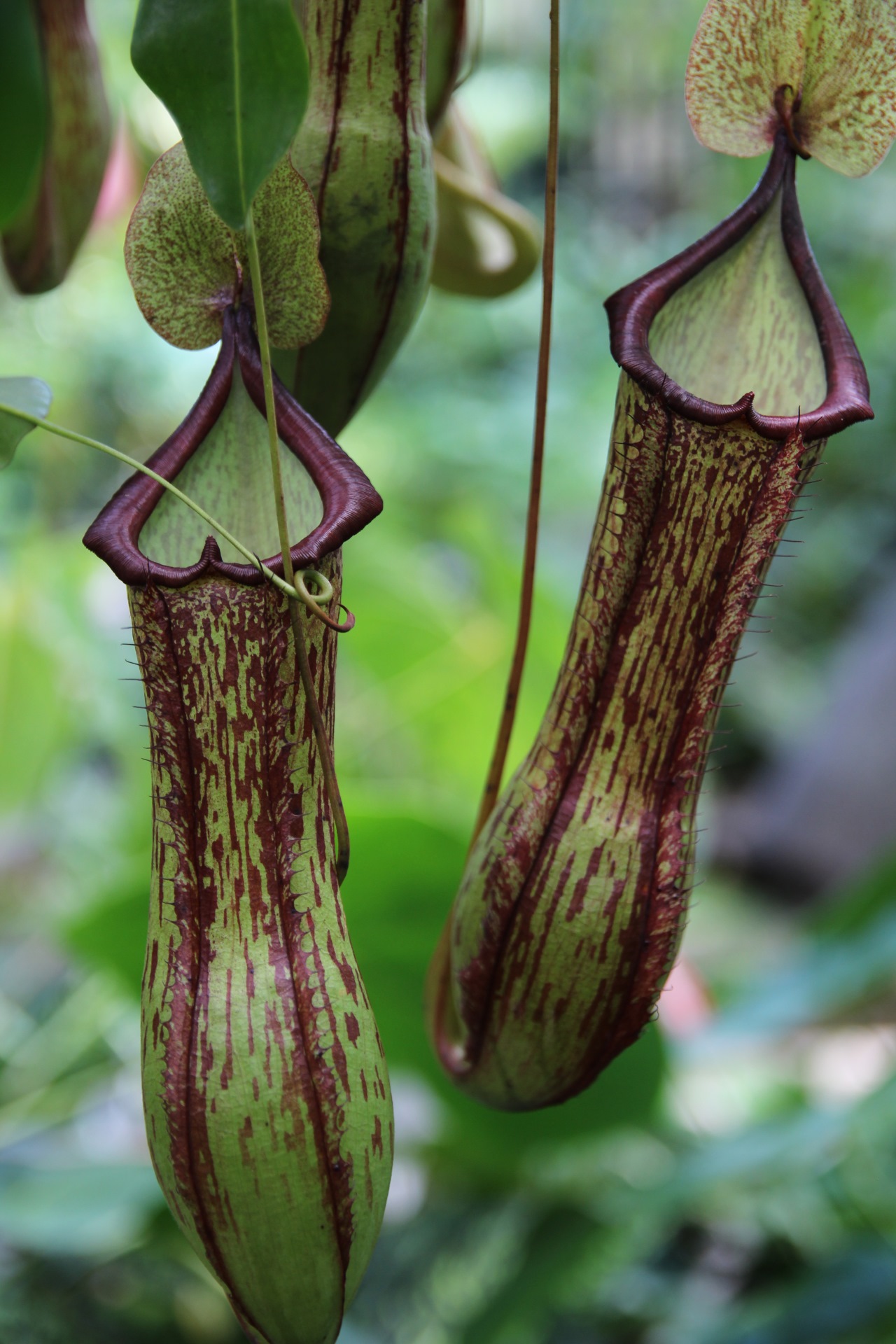
Nepenthes Tropical Pitcher Plant Plant Profile Oxley Nursery Brisbane
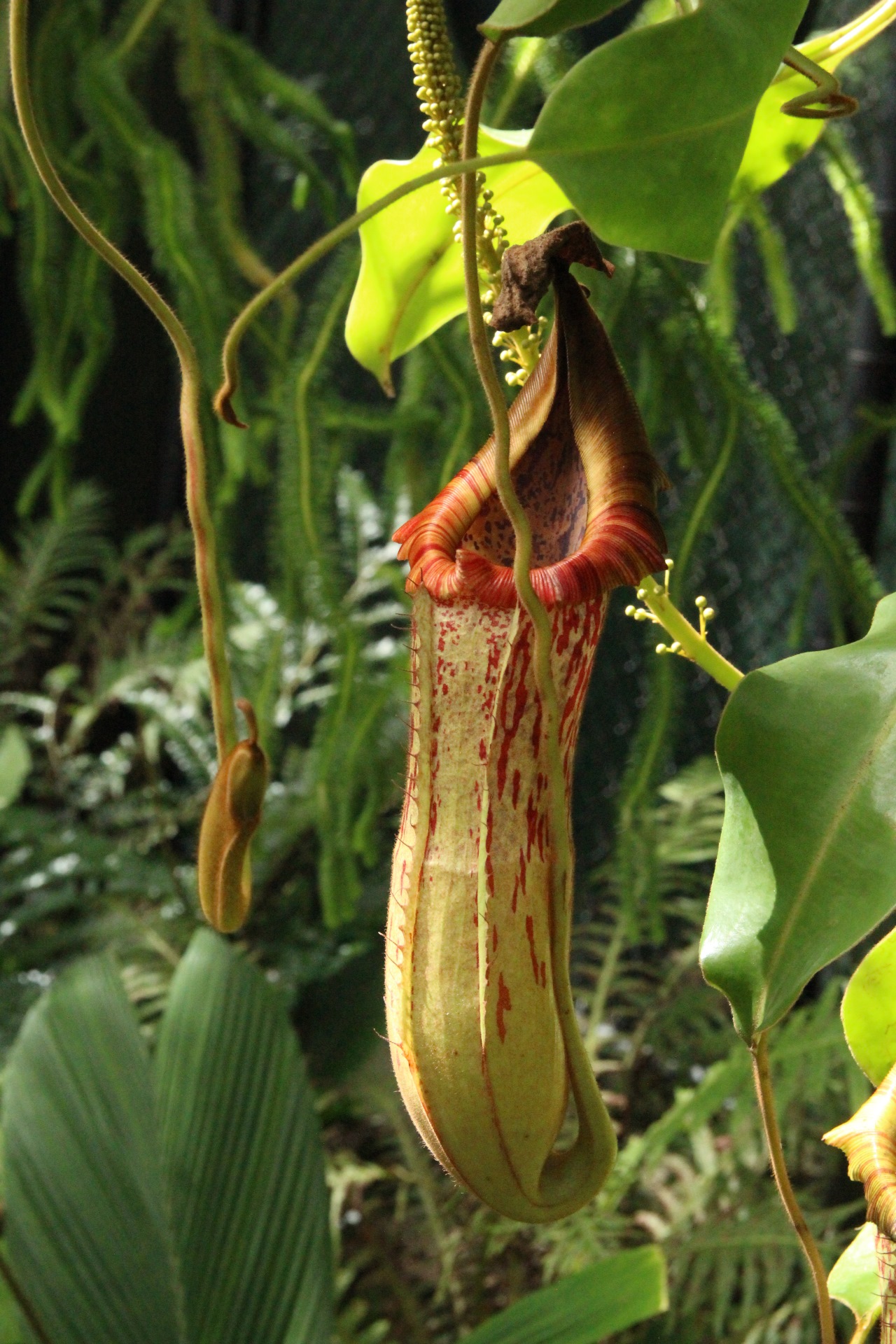
Nepenthes Tropical Pitcher Plant Plant Profile Oxley Nursery Brisbane

Sarracenia Flava Var Atropurpurea Pitcher Plant

Carnivorous Plants Flower Power

How To Grow And Care For Pitcher Plants Bunnings Australia

Nepenthes Tropical Pitcher Plant Care Growing Information Carnivorous Plant Care
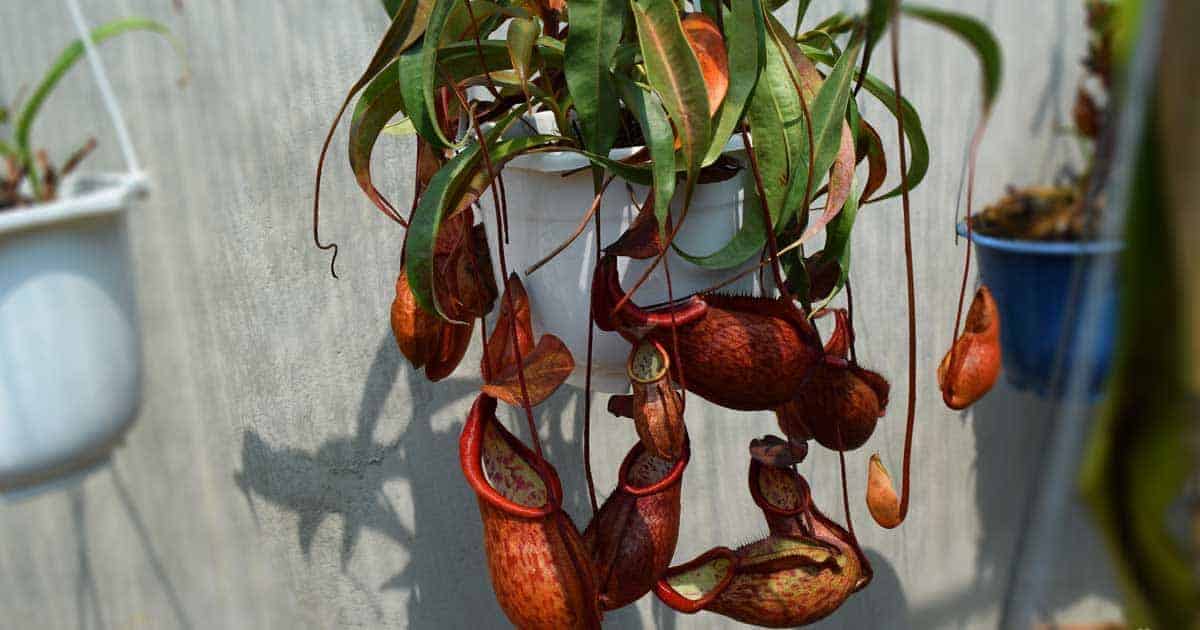
Pitcher Plant Care Learn To Grow The Carnivorous Nepenthes

Nepenthes Pitcher Plant Care Learn How To Grow And Care Carnivorous Plants Plantopedia
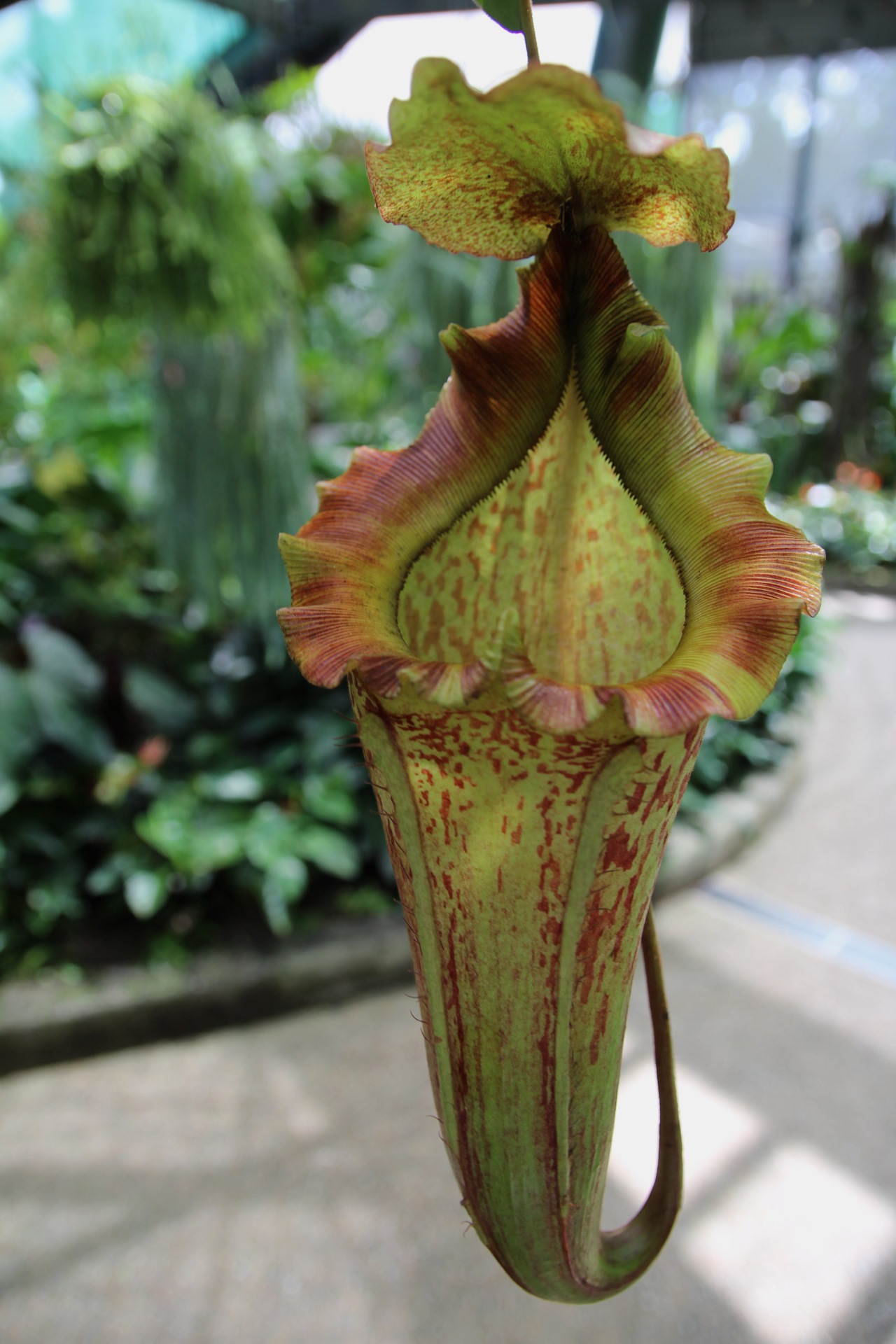
Nepenthes Tropical Pitcher Plant Plant Profile Oxley Nursery Brisbane

How To Grow And Care For Pitcher Plants At Home Petal Republic

How To Grow Tropical Nepenthes Pitcher Plants Indoors Gardener S Path

Hanging Pitcher Plants How To Grow A Pitcher Plant In A Hanging Basket
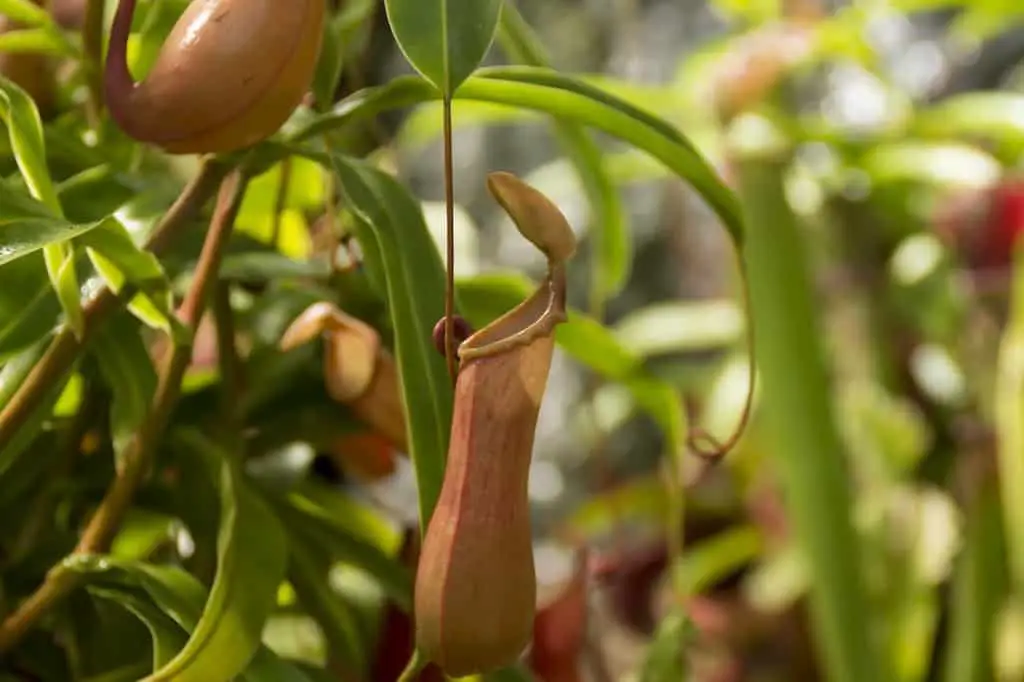
How To Care For A Hanging Pitcher Plant A Complete Guide Carnivorous Plants Tips

The Full Guide On Tropical Pitcher Plant Nepenthes Care
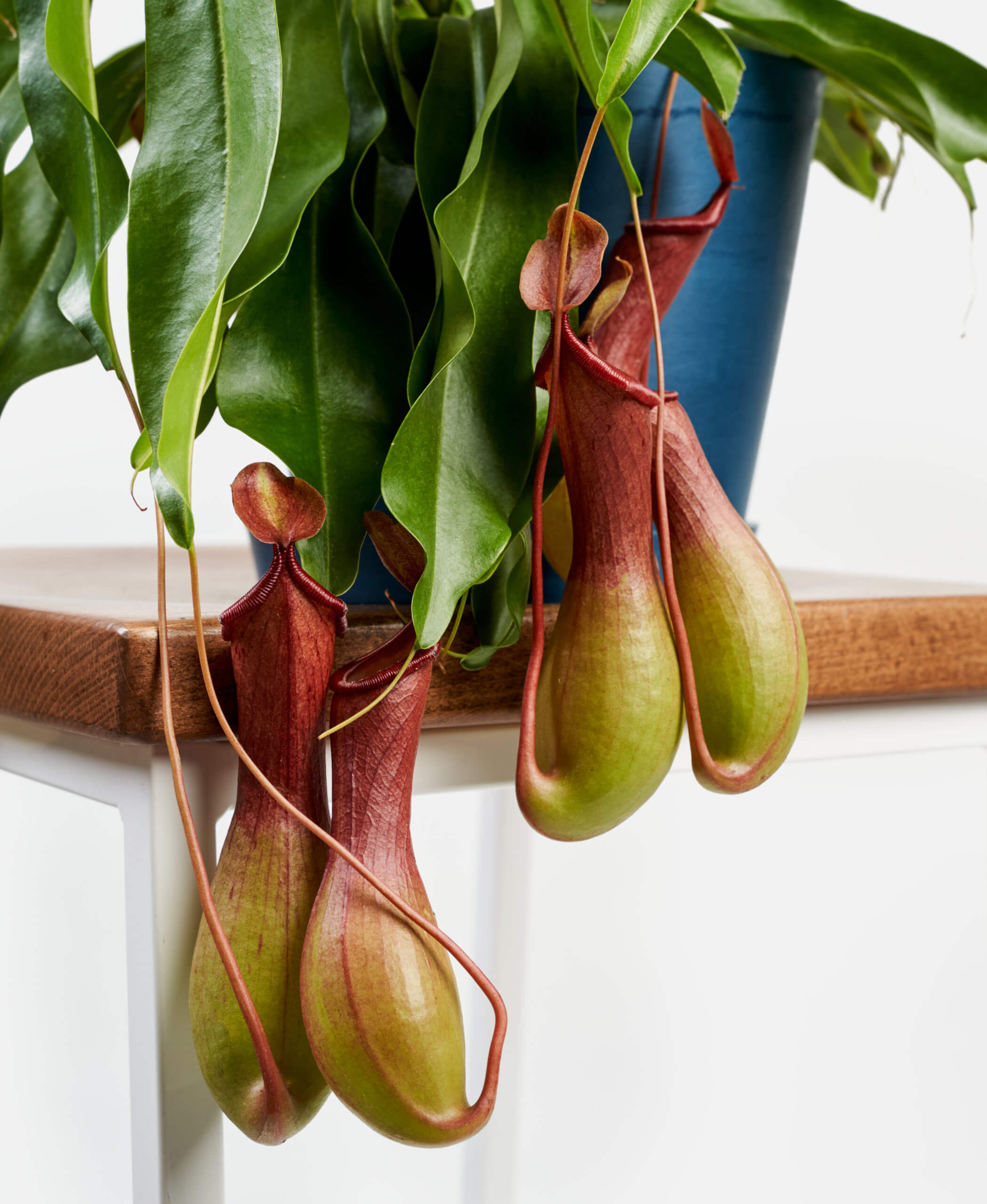
Carnivorous Plants 101 How To Care For Carnivorous Plants

Nepenthes Tropical Pitcher Plant Care Growing Information Carnivorous Plant Care
